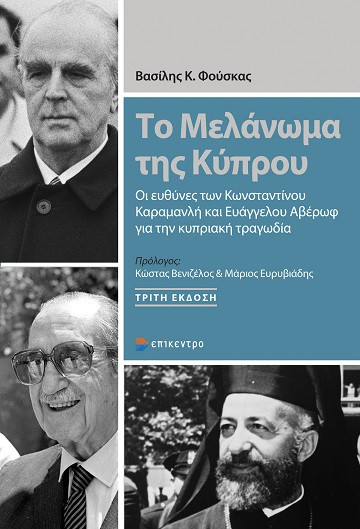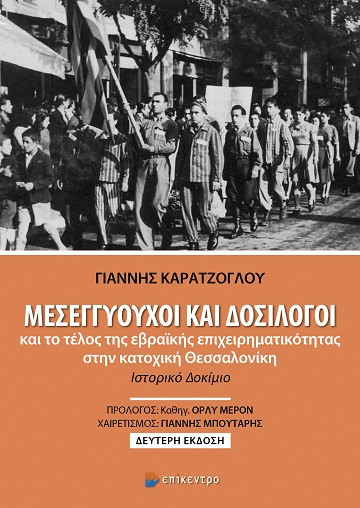This holiday season, choose for yourself and your loved ones remarkable books that offer insight and change the way you think.
1. The room with the flies
Thanos X. Kapsalis
A moving story, as it encapsulates the spirit of curiosity and cooperation in the search for knowledge.
In 1976, Fotis Kafatos wrote about the climate in which biological research thrives:
“In creative workshops, professors and students work side by side in research… They constantly exchange ideas and no one is surprised that the most creative ones often come from twenty-year-olds. This climate is important, because science is not a set of information, but a way of thinking.”
It was as if the great late biologist wanted to describe the atmosphere of the small Columbia laboratory in which, at the beginning of the 20th century, an inspired professor, Thomas Hunt Morgan and his three twenty-year-old students, H. Muller, A. Sturtevant and C. Bridges, laid the foundations of Genetics as we know it today.
The story of this laboratory, the “room of flies”, is told in the book you hold in your hands. A moving story, as it encapsulates the spirit of curiosity and cooperation in the search for knowledge, but also majestic at the same time. What happened was not only revolutionary for Genetics and the way research is organized. They created a “school” of nearly a dozen Nobel laureates, who were students of Morgan or students of his students.
2. Melanoma of Cyprus
Vasilis K. Bubble
The responsibilities of Constantinos Karamanlis and Evangelos Averof for the Cyprus tragedy
A book-catapal for the management of Cyprus from the Greek side. They are the great shadows that Greek history casts over Cyprus and the Cypriot people. It is what is hidden deep within the dark “tunnels” of history.
The book is a historical textbook on the Cyprus issue. Its significance and importance lies in the fact that it sees history beyond the beaten track. From a perspective that the establishment cannot and does not want to see. The book highlights aspects that remain well hidden from the deep state of Athens. Vassilis Fouskas with his book stands in front of a timeless narrative, convenient and with many questions floating around. A narrative that only the establishment and big interests serve. The role of Karamanlis and Averov is known, but it is deliberately not mentioned, it is not highlighted.
The destruction of Cyprus, its violent dismemberment, is the result of the plans of NATO, the USA, Britain and Turkey. The political establishment of Athens also agreed to these plans. The crime was committed by the hospitable junta and its representatives in Cyprus, EOKA-B. A caste of traitors, never tried, never punished!
3. Guarantors and Obligors
and the end of Jewish entrepreneurship in occupied Thessaloniki
Yannis Karatzoglou
A historical essay, which is based on the author’s Doctoral Dissertation accepted by the Political Science Department of AUTH in July 2022.
The Thessaloniki of the last years before WWII was trying to absorb the upheavals of the past 15 years: the arrival of refugees in a city destroyed by fire, the economic crisis, the widespread anti-Semitism, the constant coups d’état, and so on.
The 5th year of the Dictatorship of I. In between it brought the dissolution of the EEE and the steelheads, scouts and similar organizations, an economic stability and an imposed social peace based on the displacement-exile of the left-wing “riots” of the interwar period, alongside a secret preparation of the country in view of a predicted war.
How did everything turn out with the German Occupation 1941-1944? How did society and the city’s political forces react to the annihilation of its Jewish residents? Where were so many hyenas found to fall on Jewish property? Who were the dosilogos who cooperated in every way with the conqueror, how did they act and what did they get? How did the city’s institutions behave throughout this critical period? How did the Judiciary deal with taxation after Liberation? What happened to the “rich during the Occupation”? Who were the new “wealthy” at the end of the decade 1941-1949? Was there a redistribution of wealth in the city? Did the old Israelite businesses work again? Were new ones established?
Epicenter Publications
Source :Skai
I am Frederick Tuttle, who works in 247 News Agency as an author and mostly cover entertainment news. I have worked in this industry for 10 years and have gained a lot of experience. I am a very hard worker and always strive to get the best out of my work. I am also very passionate about my work and always try to keep up with the latest news and trends.












